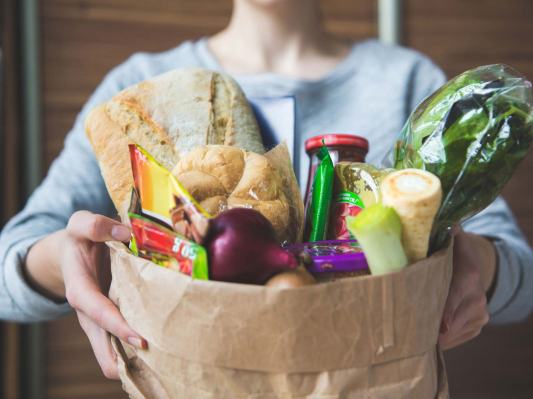Whole Foods and Instacart this morning confirmed the grocery chain’s extended, strategic relationship with same-day delivery service and announced plans to expand into several new markets over the course of the year. News of Whole Foods’ financial investment and deepened partnership with Instacart was previously leaked back in February. The report also noted that the new deal represented a five-year relationship between the two companies.
Re/code first broke the news of the investment, but could not confirm the size of the round at the time, or other deal terms beyond its length.
Asked for these further details, a Instacart spokesperson said the company didn’t have anything to announce regarding the size of the investment, how funds would be used, nor would they offer further insight into the scope of the deal or how it would impact other grocery delivery partners. However, they did not deny that an investment was made, or correct the prior report.
The original report indicated that Instacart would become the exclusive delivery partner for Whole Foods’ perishables business.
Currently, Whole Foods is involved with Google too, as it participates in Google’s delivery service, Google Express. As a part of that arrangement, Google will deliver groceries from Whole Foods in San Francisco, and non-perishables in the Midwest, Peninsula and San Jose, Northern California, Southern California and Los Angeles. It seems likely that the new deal with Instacart will prevent Google from offering Whole Foods grocery deliveries in those latter markets and elsewhere, as it expands.
Instacart has partnered with Whole Foods since September 2014 and now delivers for the grocery chain in 17 metros across the U.S. The company says it will be working with Whole Foods to co-develop new e-commerce and delivery solutions that will be piloted this year. It will also expand into a number of new cities with the goal of increasing the number of stores with embedded Instacart shoppers by up to 50 percent nationwide by the end of 2016.
The first two markets coming this year are Orange County, California, and Baltimore, Maryland.
As more of today’s consumers are turning to e-commerce solutions for things that used to require a trip to the store, it makes sense that Whole Foods would want to make sure it had a foothold in the shifting market.
It’s also worth noting that the grocery delivery service has had a significant impact on Whole Foods’ bottom line. According to the companies, Whole Foods stores with dedicated shoppers are seeing growing Instacart sales – on average, this can be in the 5 to 10 percent range of their total store sales. And in some stores, Instacart accounts for as much as 15 percent of in-store sales.
“We’ve seen how much our customers love this fast and convenient way to receive Whole Foods Market groceries right to their door, so we are excited to extend our relationship with Instacart,” said Walter Robb, co-CEO of Whole Foods Market, in a statement. “Working together, we will continue to find even more ways to create outstanding shopping experiences – whether they’re happening in the digital space or within the four walls of our stores.”
